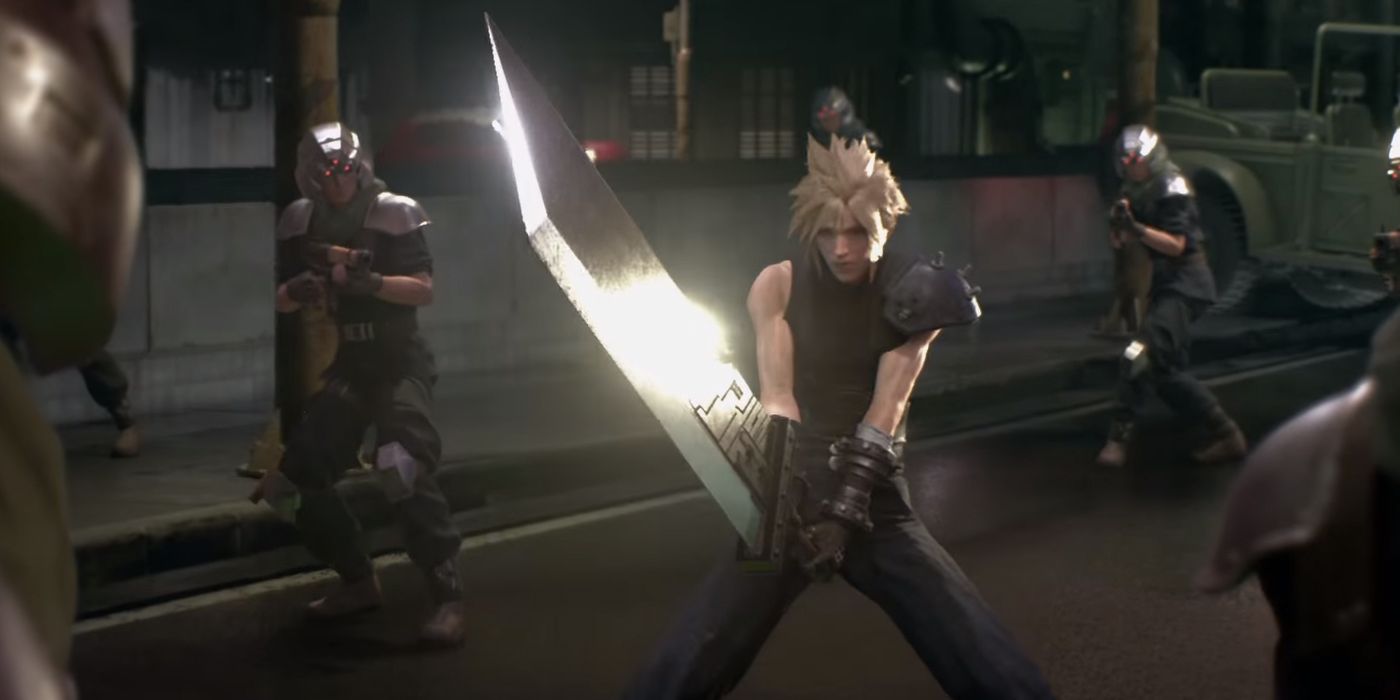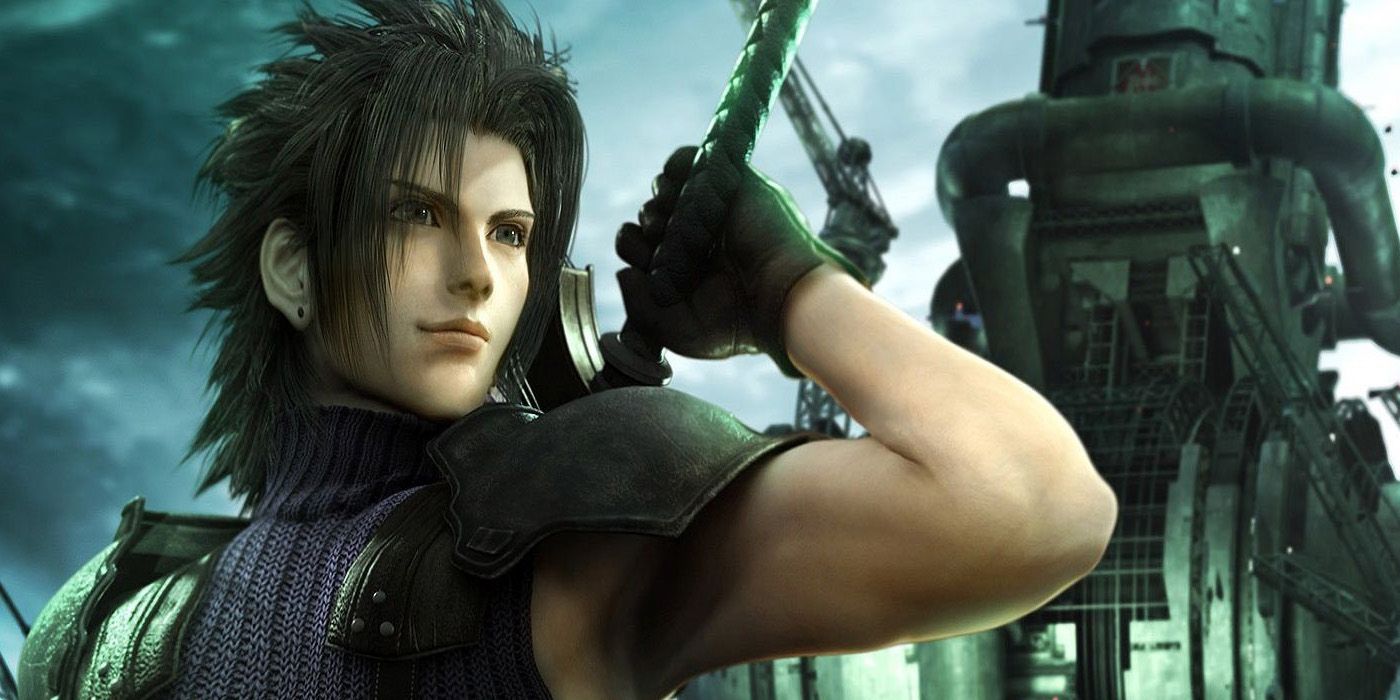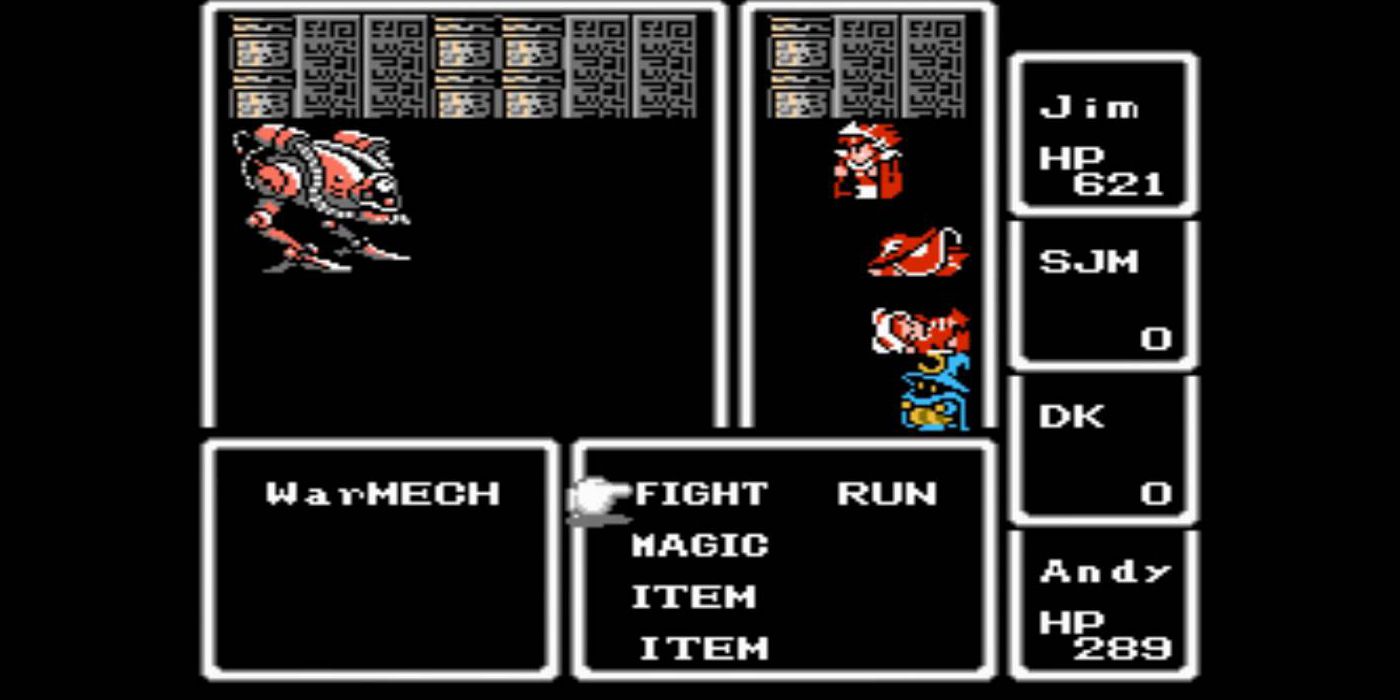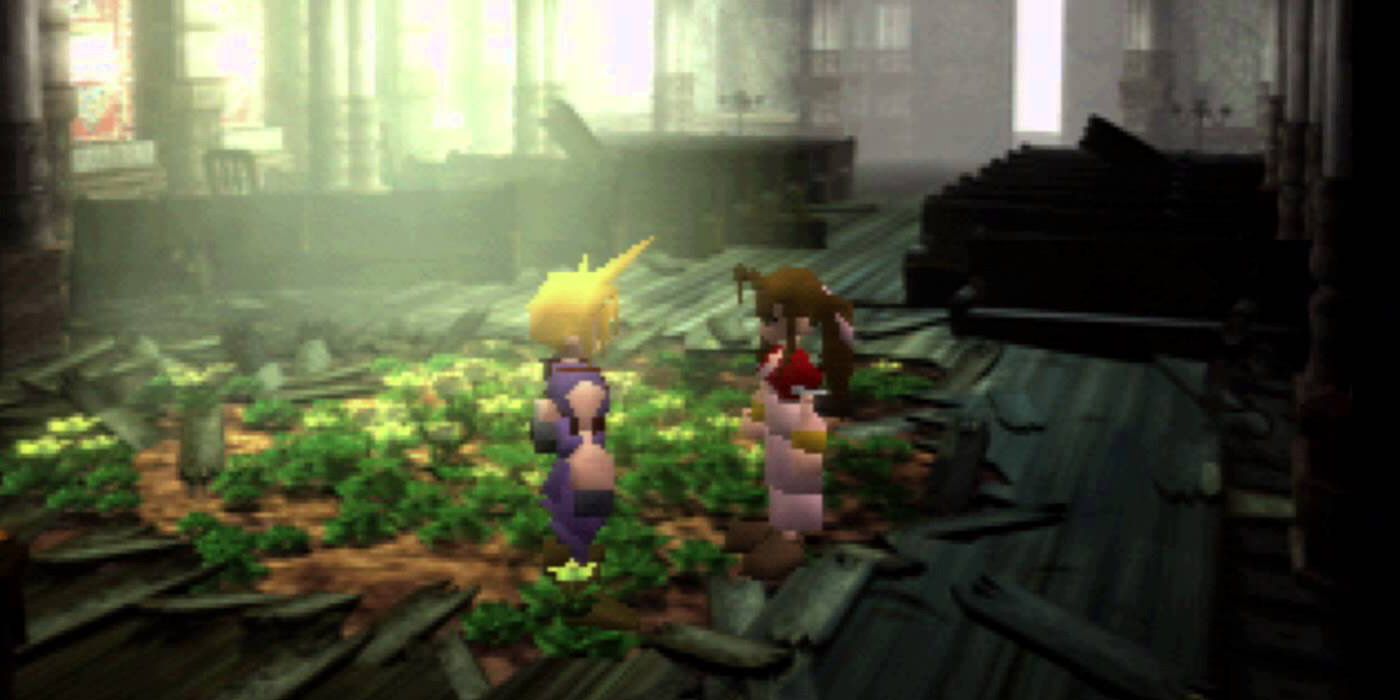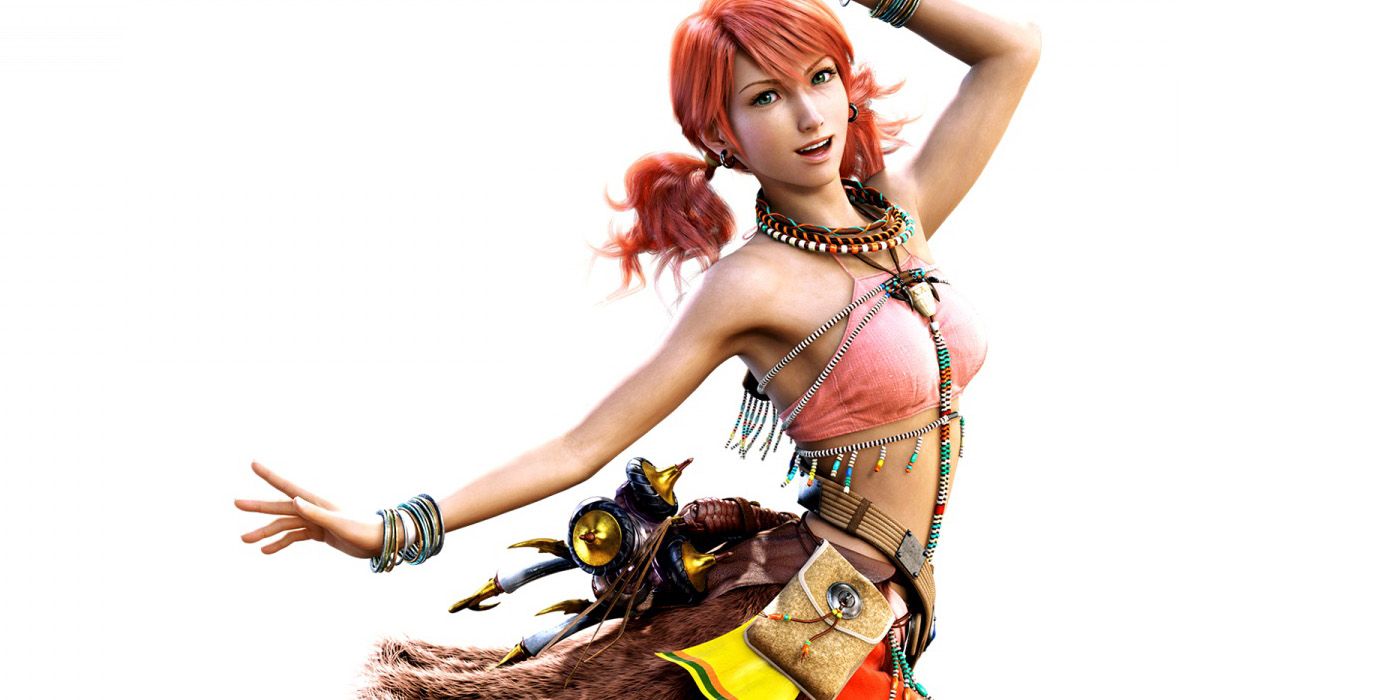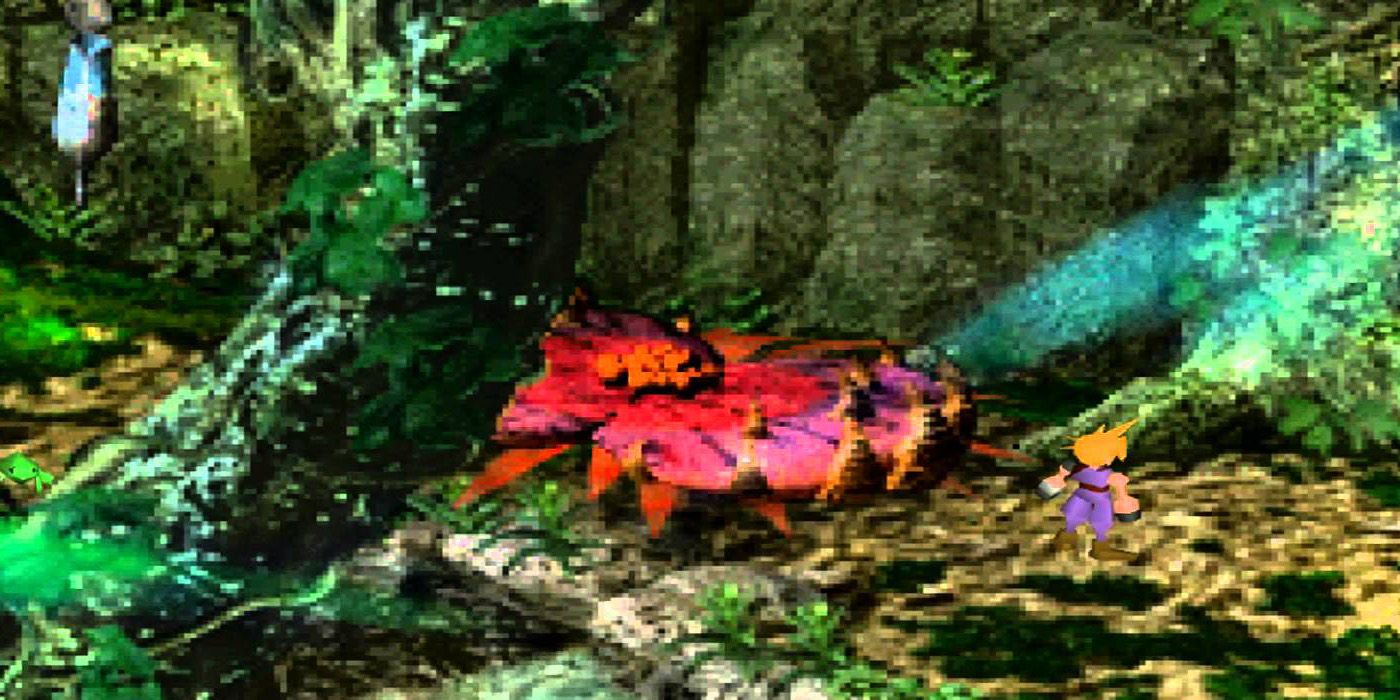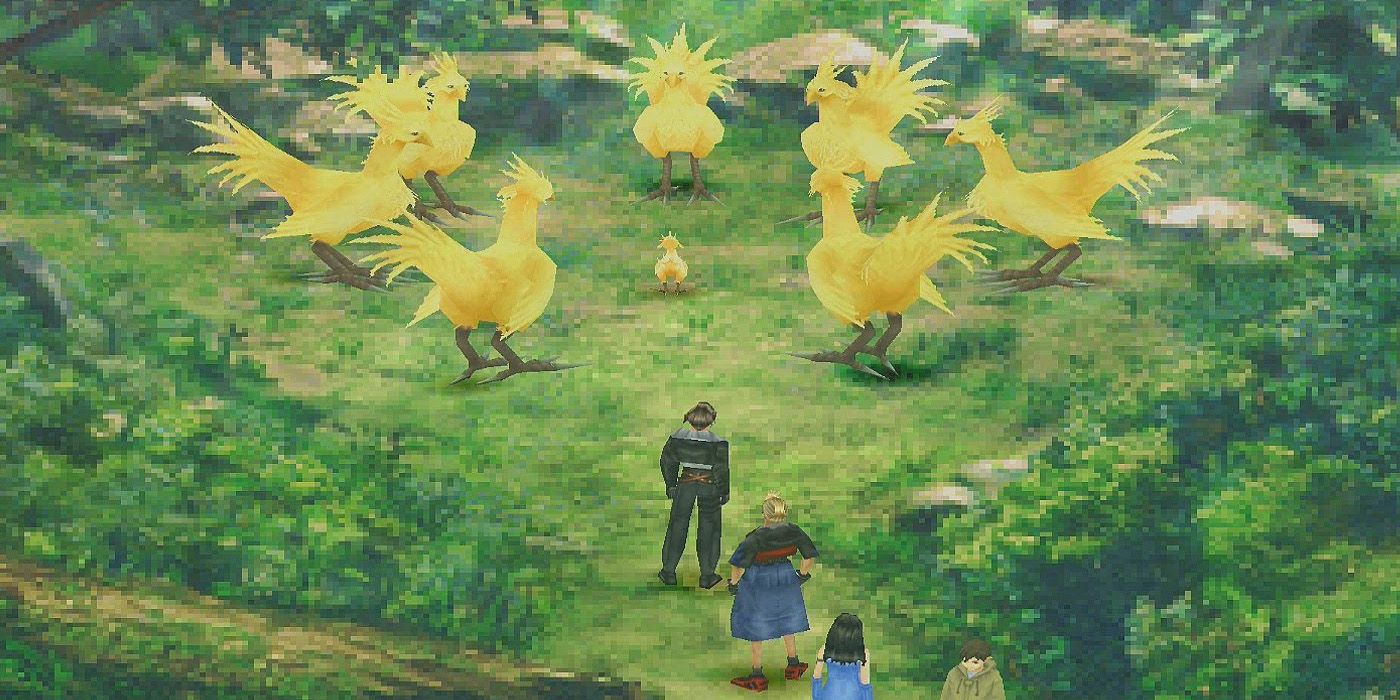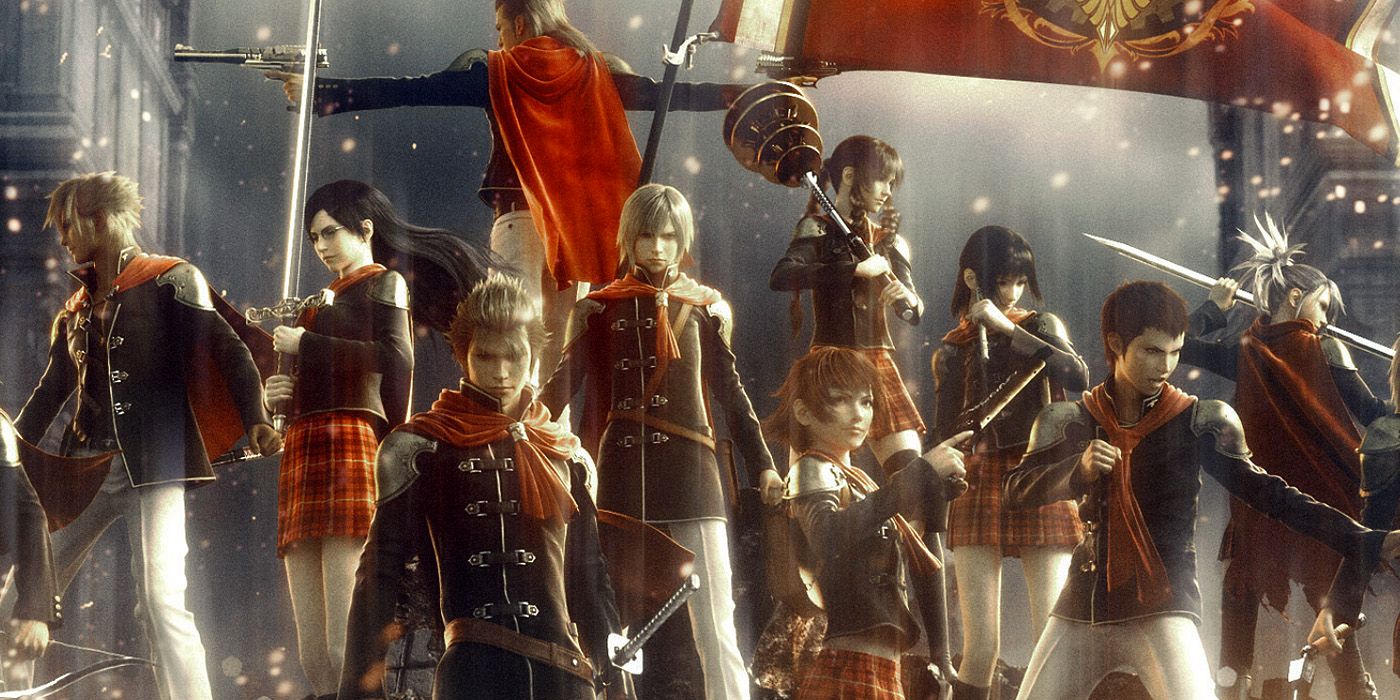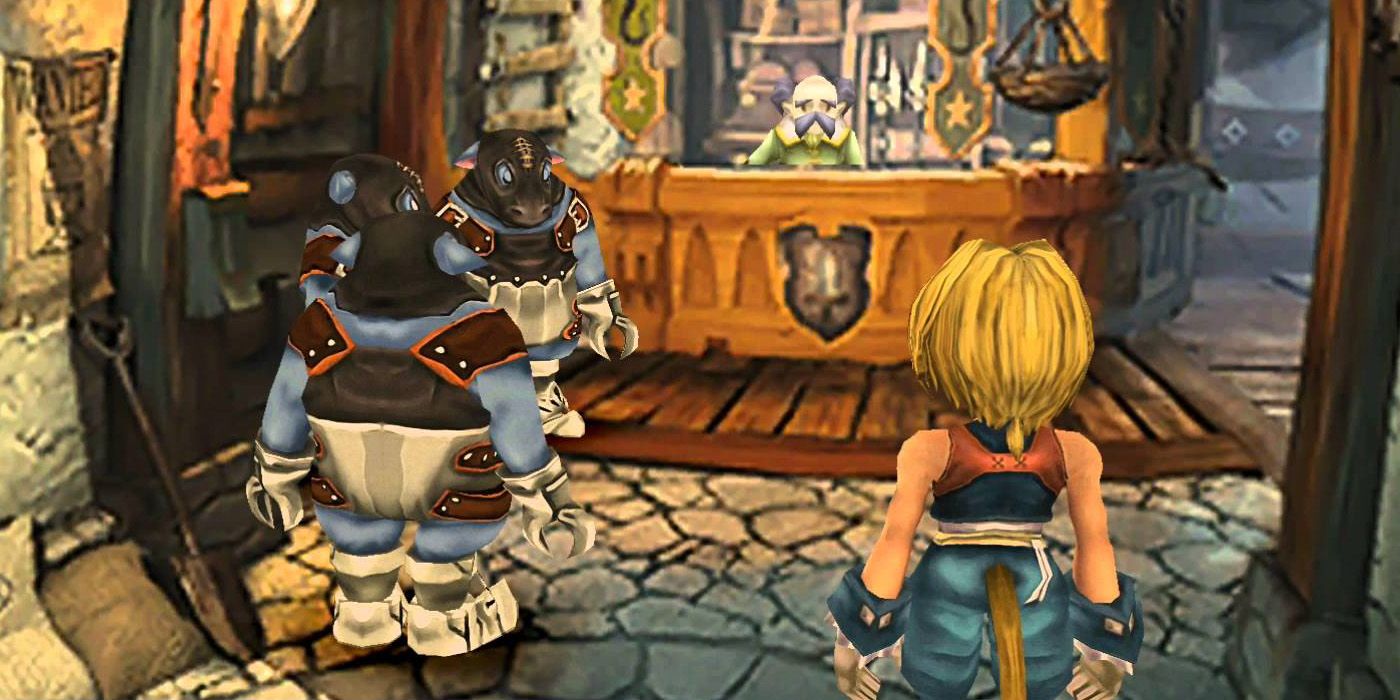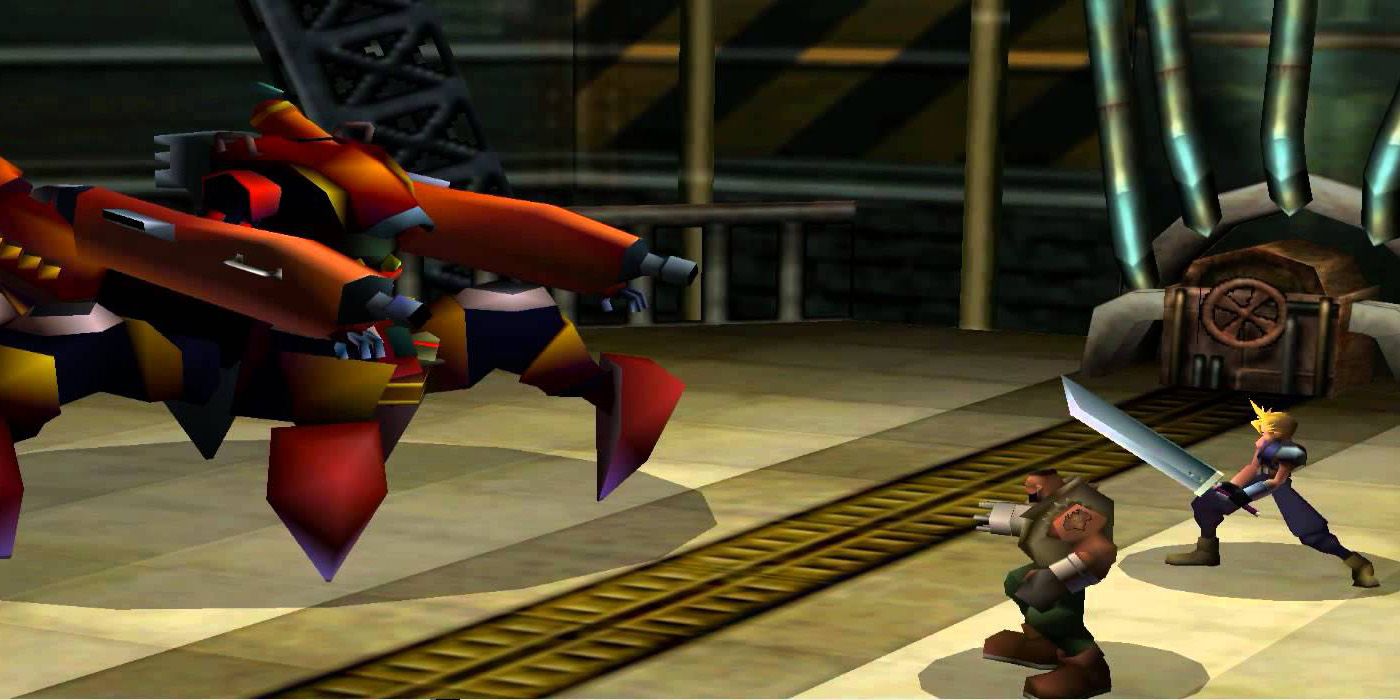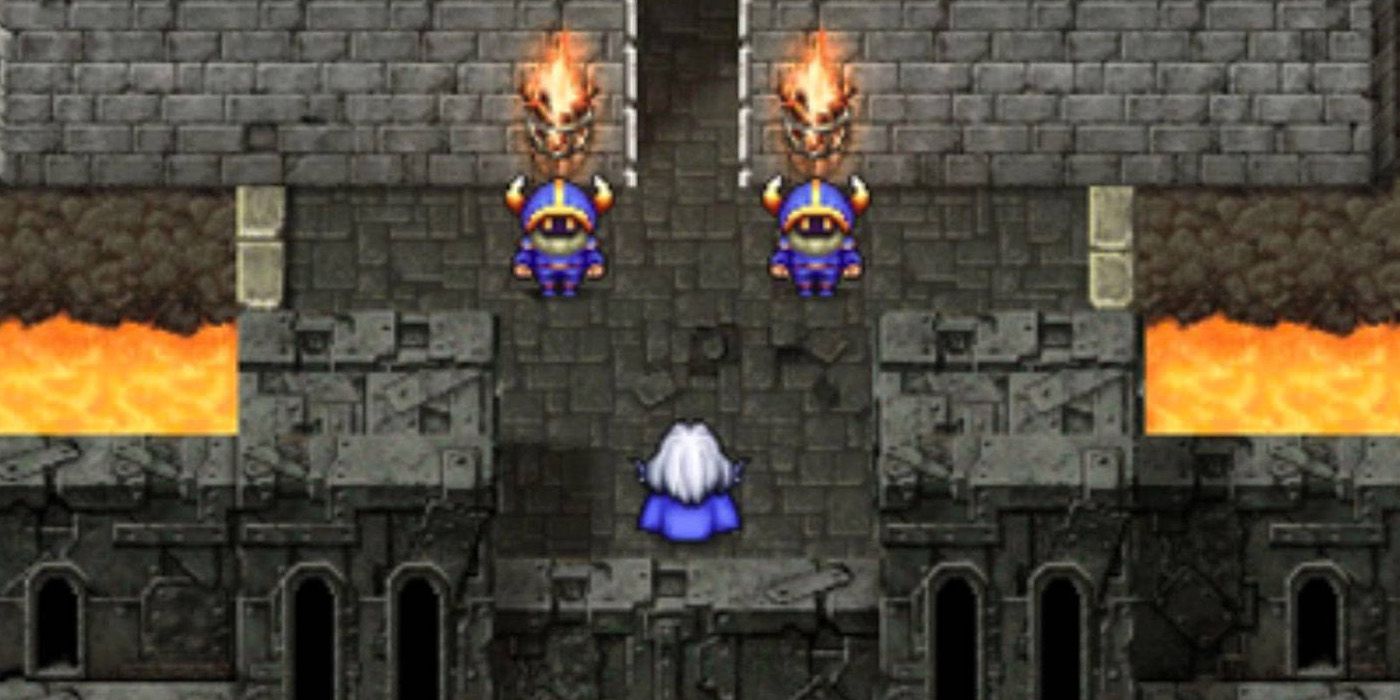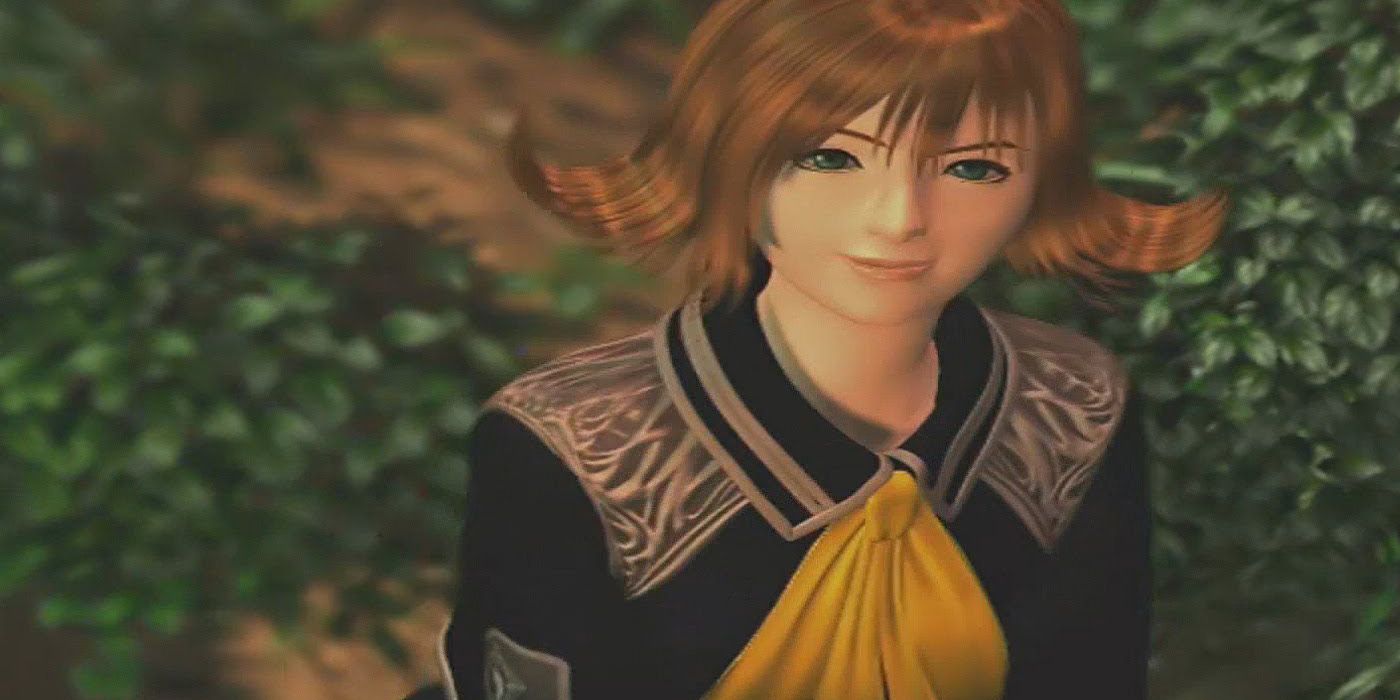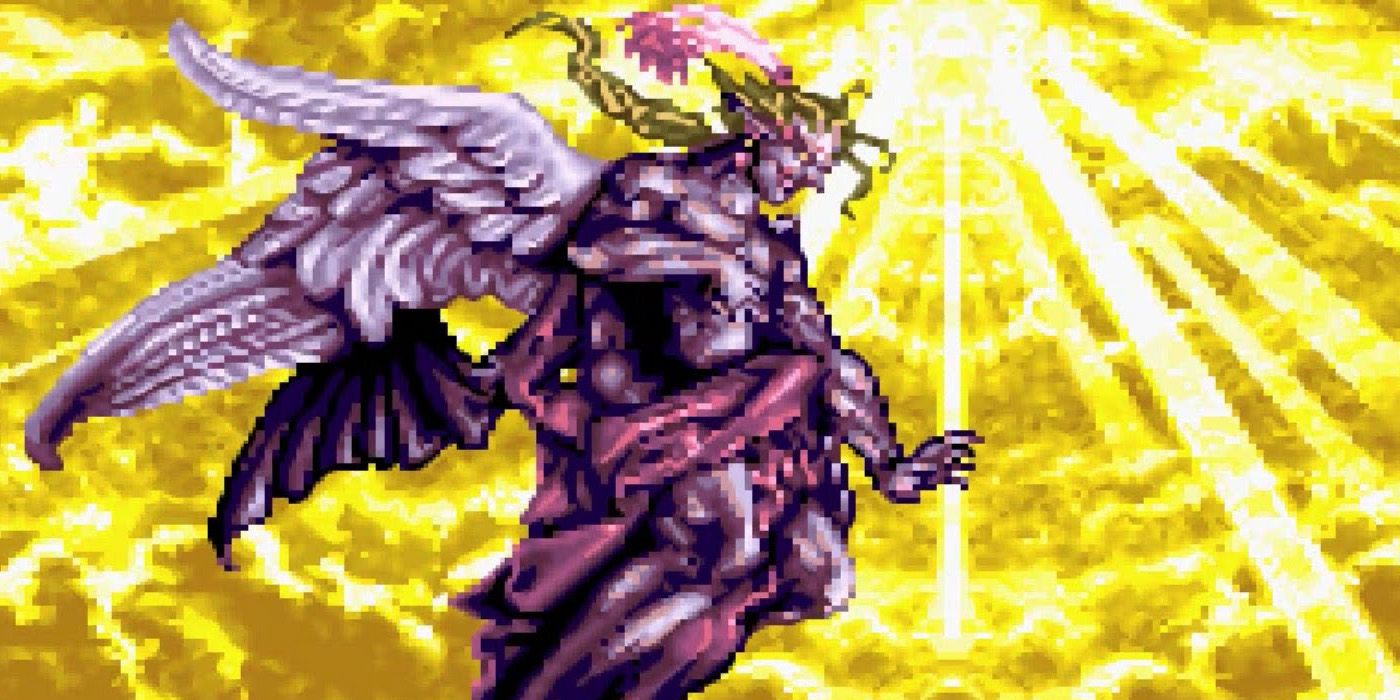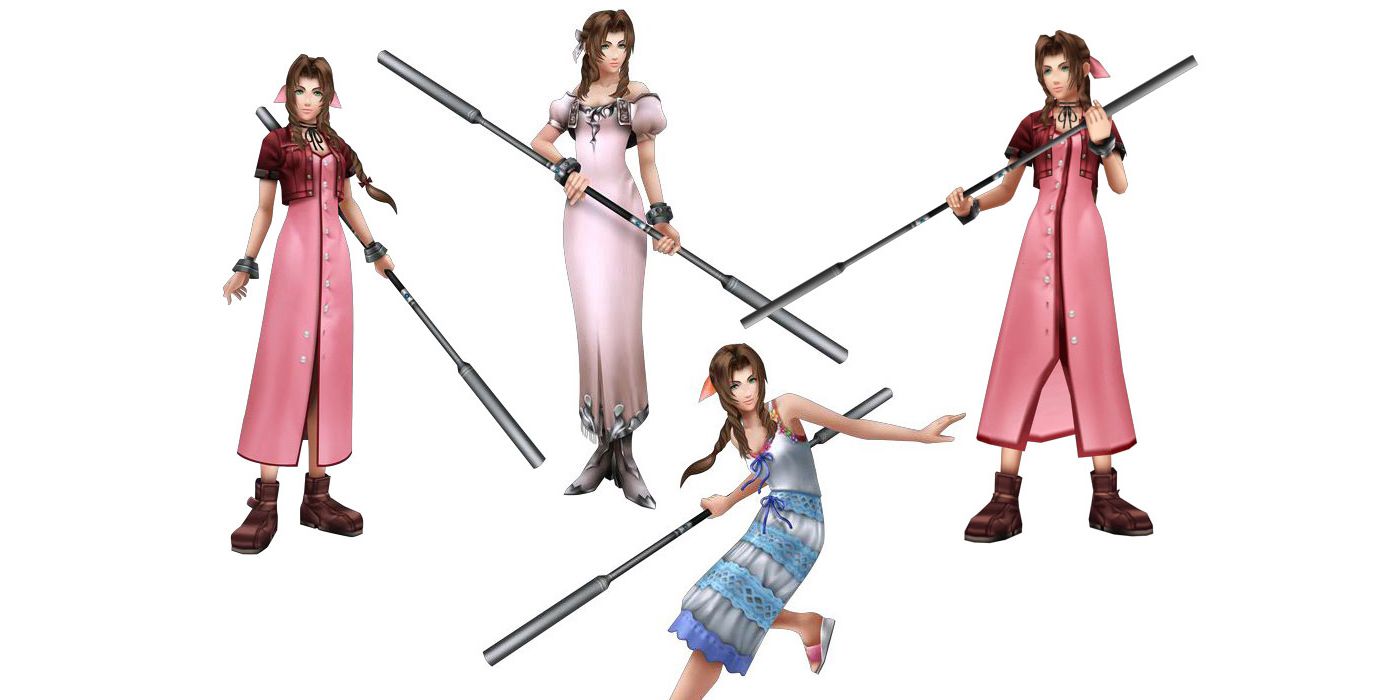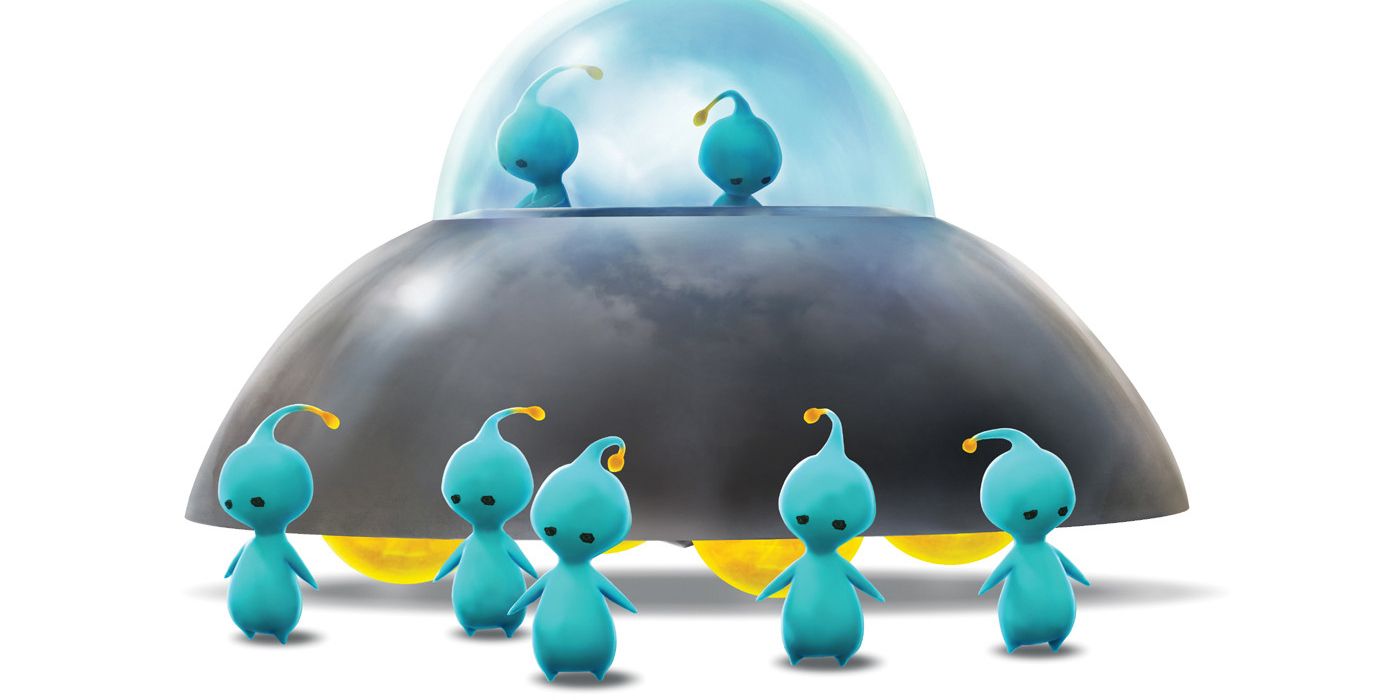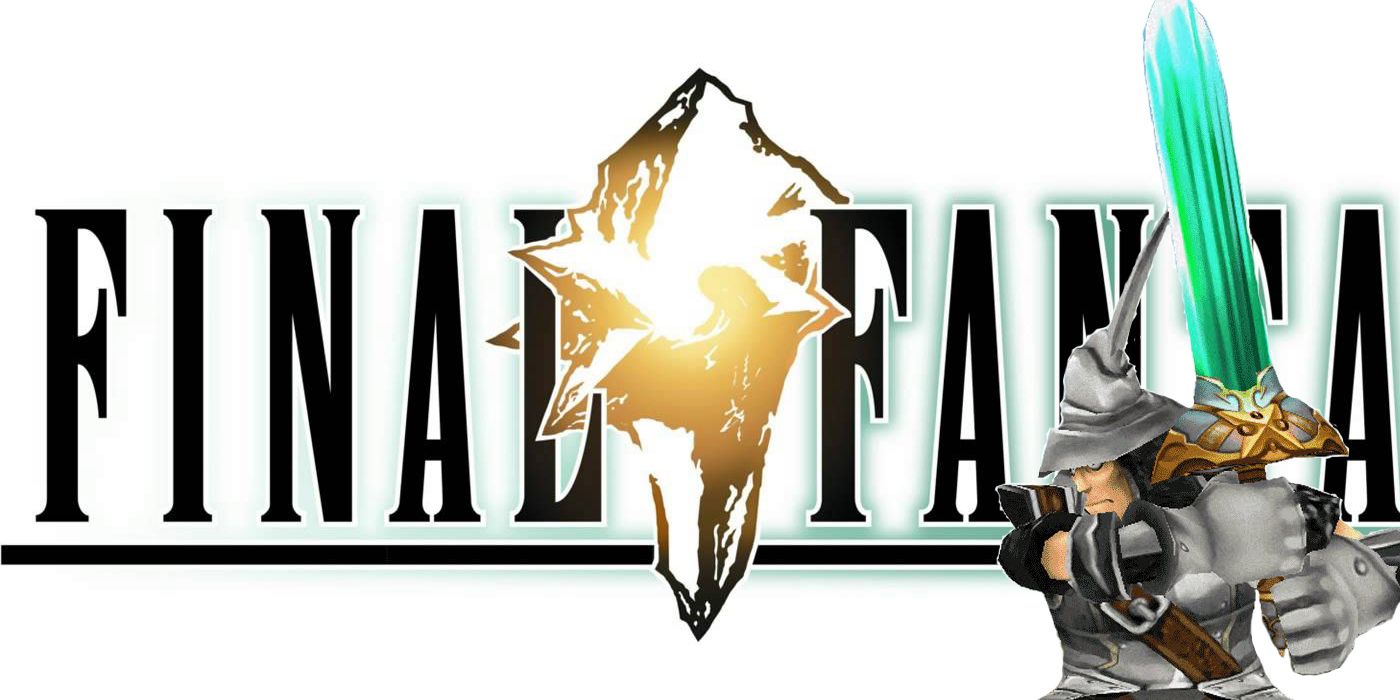For nearly thirty years now, the Final Fantasy series has been entertaining audiences all across the world. From the early titles on the Nintendo Entertainment System, to the genre defining trio of games on the PlayStation, the series has been embraced by RPG fans across the globe. Final Fantasy was the series of games that brought Japanese RPG's to the mainstream, and they still top sales charts to this day.
When you consider the length of the series' history, the large amount of titles that have been released, and the fact that most of the games have long playtimes - it is only natural that there are many Final Fantasy secrets that have slipped under the notice of fans. Between the reams of lore and the messed up development cycles of several of the games, it should come as no shock that Final Fantasy has had its fair share of screw-ups, and things that the developers don't want the fans to see.
We are here today to uncover the secrets of this classic series. From hidden nudity, to the items that were purposely hidden by developers to make you buy strategy guides, here are 15 Secrets Hidden In Final Fantasy Games.
15. The Secret Cinematic Of Final Fantasy VII (That Explains Everything)
The story of Final Fantasy VII can be very difficult to follow on your first playthrough. This is to be expected when the story involves things like false memories, characters assuming fake identities, and a shoddy translation that glosses over key pieces of information. One major mistake that the game made was hiding one of its most pivotal scenes.
In Final Fantasy VII, as soon as Cloud rejoins the party in Disc 2, you can travel to the Shinra Mansion and view a cutscene. It's worth noting that you have no other reason to visit the Shinra Mansion at this point in the game (unless you didn't enter it on Disc 1). The cutscene is referred to as "Zack's Final Stand" by the fans, and it explains how Cloud survived his encounter with Sephiroth at the Nibelheim reactor, why he went missing for so long afterwards, why he believes himself to be a member of SOLDIER, and how he hooked up with AVALANCHE at the beginning of the game. More importantly, this scene shows the fate of Zack, a member of SOLDIER who sacrifices himself to save Cloud's life.
Luckily for Zack, the story of his demise would take centre stage in a spin-off game called Crisis Core: Final Fantasy VII. Released on the PlayStation Portable in 2007, Crisis Core followed Zack from the point when he joined SOLDIER, all the way until his death at the hands of the Shinra army. This game was well-received, and filled in many important pieces of the backstory of Final Fantasy VII. The only problem is that the game was released a decade after Final Fantasy VII, which meant that the fans to wait a long time before they got the full story of Zack Fair and his heroic sacrifice.
14. Warmech, The Original Secret Boss
One aspect of gaming that the Final Fantasy series helped define is the "Superboss". The Superboss is a battle against an enemy who is stronger than the actual final boss of the game. Not only are they the most powerful opponents you will face, but they tend to be unfairly difficult compared to everything else you encounter. They exist to give diehard players an extra challenge, and to offer them the chance to exploit the hell out the game's rules, in order to overcome the ultimate foe.
The Final Fantasy series has had many Superbosses throughout its run, with the most well-known being the Emerald WEAPON and Ruby WEAPON of Final Fantasy VII. The concept of a secret boss that is the most powerful monster in the game dates back to the beginning. The original Final Fantasy has what is often regarded as the first Superboss - Warmech.
If you aren't aware of Warmech's existence, then you are not likely to run into it during a regular playthrough of Final Fantasy. Warmech is a futuristic robot with advanced weaponry. It can only be encountered in one specific place - the bridge of the Flying Fortress (right before you battle Tiamat), and it only has a 3/64 chance in appearing. Should you be unlucky enough to encounter Warmech, then chances are you will die. He literally fires Nukes at the party, which deal the most damage of any attack in the game.
Should you defeat Warmech, then you will be awarded the highest amount of EXP and Gold in the game. Although, if you are strong enough to beat Warmech, chances aren't you won't need it.
13. The Ghost Of Aeris
Much like the Pokémon series that became popular around the same time, the Final Fantasy games were known for inspiring numerous urban legends on the internet. The success of the PlayStation games in the series (Final Fantasy VII - IX) happened around the time that home computers with internet access were entering homes across the world. The Final Fantasy series was a popular subject for many early fan websites, and these sites in turn became home to information about secrets and cheats in the games. Secrets and cheats that were completely made up. By jerks.
By far the most popular type of rumour was for methods of reviving Aeris, the beloved character who is killed at the end of the first disc of Final Fantasy VII. The crazy requirements for completing some of these methods should have been a dead giveaway (such as maxing out all of the Materia or finishing the first disc in under an hour), but due to it being much harder to debunk rumours back then, the myth of resurrecting Aeris continued to be spread for a long time.
While you can't bring Aeris back without hacking the game, you can see her ghost. If you return to Midgar after Cloud rejoins the party on Disc 2 and backtrack to the Sector 5 Church, you can see the flickering ghost of Aeris tending to her flowers. This was thought to be a glitch for many years, until an option that triggers the event was discovered in the game's Debug menu.
12. The Naked Vanille Model
In Final Fantasy XIII, one of your party members is the hyperactive young sorceress named Oerba Dia Vanille. She turns out to be one of the most important characters in the story, and without spoiling anything - a lot of the story revolves around her actions.
It seems that Square Enix may have had other plans for Vanille, as there exists a nude character model of her within the games files.
After Final Fantasy XIII was released, players went through the game's files looking for secrets. They found more than they bargained for, however, when they stumbled across a nude model of Vanille. Usually in cases likes this, a naked character model exists for a scene with some implied nudity, but where nothing is shown (so as not to bump up the game's rating). These models generally lack any defining sexual characteristics, such as genitalia or nipples, as they are not meant to appear on screen. Final Fantasy X-2, for example, has naked models of its three leads for when they change outfits, but they all resemble Barbie dolls. The Vanille model has fully defined nipples, for some unknown reason. The inclusion of the nude model seems to be linked to a scene later in the game where she is briefly nude (but nothing is shown).
11. The Ancient Forest Keeps Moving...
When they first gain access to the Highwind airship in Final Fantasy VII, most players will likely travel around the world and explore. If you search around the Cosmo Canyon region of the map, you are likely to notice a large green blob that stands out among the forests of the area. You cannot land your airship (due to the trees), leaving with you with no means of access. The only methods of reaching the area include breeding the green or gold Chocobo (which can traverse mountains), or defeating the optional boss Ultima WEAPON, and forcing it to crash into the mountains near Cosmo Canyon, which create a path.
This bizarre looking hidden area is revealed to be the Ancient Forest, a dungeon with puzzle elements relating to wildlife. There are numerous pitcher plants around the area, and you are required to feed them animals in order to pass by. The Ancient Forest contains some of the best items in the game, such as the Apocalypse sword for Cloud (which grants triple Materia growth) and the Typhon summon Materia.
When digging through the files of Final Fantasy VII, fans came across an unusual discovery concerning the Ancient Forest. There is information that suggests the Ancient Forest was supposed to be part of the main story, and would have been the dungeon you travelled to before reaching the Forgotten Capitol (where Aeris is killed). There is dummied out dialogue from NPC's in the Bone Village that tell you how to interact with the Ancient Forest's plants, and the map ID's for the area are placed before the Forgotten Capitol's. It is likely that the area was re-purposed, with the stronger items & battles added later.
10. The Lost Chocobos Of Final Fantasy VIII
The Chocobo is the mascot of the Final Fantasy series. They have received numerous merchandise and spin-off games alongside the main titles. They have appeared in some form or another in nearly every title since Final Fantasy II on the NES. If they weren't included in a main series Final Fantasy game, then the fans would be up in arms.
If you played Final Fantasy VIII in it's original form on the PlayStation, and you weren't living in Japan at the time, then you got screwed out of some Chocobo goodness. Most of the Chocobo interactions in Final Fantasy VIII involved a peripheral called the PocketStation, a device that never left Japan.
The PocketStation was a device similar to the Dreamcast's VMU. It was a memory card for the PlayStation that also acted as a digital assistant. Due to poor sales in Japan, the PocketStation was shelved. Some localised games (like Final Fantasy VIII and Saga Frontier 2) still kept their PocketStation functionality, but lacked the devices to use them.
If you used the PocketStation with Final Fantasy VIII, you were given access to a game called "Chocobo's World". This game was a basic RPG that allowed you to send rare items back to your characters in Final Fantasy VIII. While most version of the game cannot use these features, the PC version of Final Fantasy VIII did include a version of Chocobo's World in a separate program that you could use.
9. The Lost Summons Of Final Fantasy Type-0
Ever since Final Fantasy III, summoning powerful monsters with magic has been a recurring theme in the series. They are all visually impressive to behold, and a lot of work goes into their creation. One game in the series had several summons that were planned for the game, but never made it in to the final product, that game was Final Fantasy Type-0.
Final Fantasy Type-0 was believed, for a long time, to be a game that would never leave Japan. It was released on the PlayStation Portable in 2011, but did not receive an English localisation (despite persistent rumours to the contrary). It wasn't until the release of the PlayStation 4 and Xbox One that the game would be released, with the new name of Final Fantasy Type-0 HD. As of 2015, the game can now be enjoyed by players all across the globe.
In the war torn world of Final Fantasy Type-0, the summon monsters are named Eidolons, and calling for one in battle costs the life of whoever uses them. Six different Eidolons appear in the game, and they are all based on classic summons from the series (including a Shiva that resembles Lady Gaga).
Whilst searching through the game's files, fans discovered three character models for unused Eidolons who do not appear in the game. They are - Pandemonium (the wind-based summon from Final Fantasy VIII), Phoenix (the summon who revives dead party members), and Typhon (the boss from Final Fantasy VI who became a summon in later games).
8. The Nero Family
The Nero family sidequest from Final Fantasy IX is infamous, not because of its content, but rather the length of time it took fans to discover it. Despite Final Fantasy IX being released in the year 2000, the secret of the Nero family has only came to light within the past few years.
In the city of Lindblum, there exists a building that acts as the base for the Tantalus Theater Troupe (a group of travelling thieves, whom main character Zidane is a member of). Once you reach Disc 4, you must return to the Tantalus headquarters, where you will meet two brothers from the Nero family who are searching for their lost siblings. You then have to reach certain points in the final dungeon, then immediately return to the Tantalus headquarters, where a new member of the Nero family will have come home. This needs to be done eighteen times in total, with you progressing a little further into the story, then returning to Lindblum each time.
So what is the reward for this quest? A Protect Ring, which is a decent item, but hardly worth the hassle it takes to acquire.
The inclusion of this quest (and the zero clues given by the game on how to accomplish it) is considered by some fans to be a reference to the needlessly complex "secrets" that were reported to exist in Final Fantasy VII and VIII.
7. Cloud's Lawyer Attack
In Final Fantasy VII, you have many attacks at your disposal. You could hit your enemy with a Limit Break, a magic spell, or even a powerful summoned monster (so long as you are willing to sit through the lengthy cutscene that precedes it). You have no shortage of options in battle.
At one point in development, you would have been able to hit the enemy with the most frightening ability of all, the power of Lawyers!
Final Fantasy VII has a fully functional Debug menu (a set of options left in by the developer that allow you to access any point in the game, in order to make bug-fixing easier). It is through the use of this menu that players have discovered several unused elements from the game.
One of the unused items is the Housoku (which is the Japanese word for "Law") Materia. If equipped, this Materia granted you the Gil Toss ability (Gil being the currency of the game). In the final release of the Final Fantasy VII, Gil Toss was part of the "Throw" Materia, and it allowed you to toss a predetermined amount of your money at the enemy, in order to damage them.
The inclusion of this Materia is believed by most fans to be a joke on the behalf of the developers, and likely wasn't intended for the final release of the game. The joke is that the Law Materia makes you throw away money, in the same way that you do when you hire a Lawyer.
6. The Hidden Developers Of Final Fantasy IV
When Final Fantasy IV was released in America, it had numerous changes imposed upon it by the developers. The biggest was that its name was changed to Final Fantasy II (as both the original Final Fantasy II and Final Fantasy III had not been released outside of Japan at that point). The game also had numerous edits, with many items and abilities removed, dialogue that had to be censored, and religious iconography that had to be covered up.
One major thing that was removed from Final Fantasy II was the Developer's Office. In the original Japanese version of the game, once you reached the Dwarven Castle, you could access a secret passageway in the pub that led to a special area of the game. This area was the Developer's Office, and inside were numerous NPCs who represented the staff who made the game. Some of them will even challenge you to a battle. You can even find a pornographic magazine in the office (which has been censored in numerous ways throughout the various editions of the game).
While the Developer's Office was removed from the original localisation of the Final Fantasy IV, it would be restored in every new port and remake of the game going forward.
5. The Power of Selphie
Selphie from Final Fantasy VIII is known for several things - her bizarre fashion sense, her catchphrase ("Booyaka"), and being the creator of a social network whilst having a name that sounds like "Selfie".
It was intended at one point in development for Selphie to be known for another reason - having the most powerful attacks in the game.
Selphie's Limit Break is based upon a Slot Machine. If you line up the reels in a certain way, then Selphie can unleash some powerful magic attacks. One of these is a spell called The End, which rarely shows up, but when it is cast, it can defeat almost any enemy in the game (except for Undead ones.)
It was discovered by players who hacked into the game, that Selphie had two more powerful Limit Breaks which cannot be accessed through normal play. These were "Percent", which drops the enemy down to critical health status, and "Catastrophe", one of the most powerful attack spells in the game. You can only use these in-game with the aid of a cheating device.
4. The Lost Bosses Of Final Fantasy VI
Final Fantasy VI had several unfinished elements that were never completed, due to the game being rushed out the door to meet a deadline. The most well-known of these are a trio of bosses that went unfinished from, one of whom would make a frightening return in Final Fantasy VI Advance.
The first boss is a weaker version of the Umaro battle. Umaro is a Yeti, who can join your party during the second half of the game. This version of the Umaro fight makes him a lot weaker, suggesting you were meant to battle (and possible recruit) him earlier in the story.
The second boss is the Colossus. This boss has A.I responses to characters who use the Blitz and Swdtech abilities, he will also target Gau if he is in the party. All of this suggests that he was meant to be a boss during Sabin's scenario in the game.
The final boss is the most interesting. It is the CzarDragon, a creature with the highest stats in the game, and even some pre-battle taunting text. Most fans believed CzarDragon to be a Superboss for the game that was never finished. This was proven to be true when Final Fantasy VI was ported to the Game Boy Advance. CzarDragon returned as the Kaiser Dragon - the most powerful boss in the game.
3. Aerith The Fighter
There are several fighting games that use the characters from Final Fantasy. These are known as the "Dissidia" games. They are a series of one-on-one fighting games, where you play as the heroes and villains of the Final Fantasy series, as they beat the crap out of each other.
The second game of the series is called Dissidia 012 Final Fantasy. It introduced a new concept called the "Assist" system. When the Assist gauge fills up during battle, the player can call another character to either attack the enemy, or for them to take an attack for you. If you purchased the demo for the game, you would receive Aerith (formerly known as Aeris) from Final Fantasy VII as an Assist character.
When fans searched through the files of the original Dissidia Final Fantasy game, they made an important discovery. There exists fully functional character models for both Aerith and the Tonberry enemy from the series. It was originally thought that they were intended to be playable characters at one point in development. This was debunked when it was pointed out that their models are the exact same ones from Crisis Core: Final Fantasy VII - the game that used the engine before Dissidia.
While Aerith was not meant to be included in the game, the presence of her character model has allowed for fans to mod her into the game.
2. The Aliens Of Final Fantasy VIII
In the days before the Internet became as prevalant as it is today, there used to exist books known as "Strategy Guides". These tomes were filled with information on how to complete specific video games, and would uncover all of the secrets hidden by the developers. The arrival of websites like GameFaqs, and forums where you could ask other players what to do, all pretty much killed the Strategy Guide. Due to the developers receiving a cut of the Strategy Guide money, it is suspected by fans that some of the more obscure secrets in gaming where put there just to sell books.
The worst offender of the Final Fantasy series is easily Final Fantasy VIII. This was the game that had the Triple Triad card game, where you had to lose to specific players in order to get certain cards. The same game had methods of acquiring items for weapon upgrades that you would never find unless you searched every corner of the world.
One of these difficult to follow side quests is the "UFO?" mission. If you travel to four specific areas of the world (the game gives you no clues), you can encounter a UFO. Once you destroy the UFO, an alien named Pupu emerges. If you give Pupu several Elixirs (if you have any), then he will give you his unique Triple Triad card.
1. The Excalibur II Speedrun
While many fans suspect that the Nero family sidequest of Final Fantasy IX is a shoutout to the urban legends surrounding the earlier titles in the series, there is another quest in the game that is almost certainly a reference to those myths - the hunt for Excalibur II.
In Final Fantasy IX, you can acquire the Excalibur sword by completing a complicated sidequest involving the Treno Auction House. Once this is finished, you will have Excalibur, one of the most powerful swords in the game.
There exists a second Excalibur sword in the game, but acquiring it involves rushing through the story to the point where you will miss most of the other important items and sidequests. In order to find Excalibur II, you need to reach Memoria (the final dungeon of the game) in under 12 hours. Once you beat the Lich boss, you can find the sword hidden beneath a pillar. Excalibur II is the most powerful weapon in the game, and it can only be equipped by Steiner.
Reaching Memoria in under 12 hours is one of the most difficult tasks in the series. If you owned a PAL copy of the game, then your chances of getting the sword are even slimmer, due to that version of the game having a slower frame rate. The latest edition of Final Fantasy IX on Steam allows you to speed up the game and disable the random battles, making this task a lot easier (so long as you don't mind cheating to do it).

